Often times the first step in learning about a new topic is vocabulary. Today we’re going to go over the basic buzzwords you’ll typically hear from a landscape lighting professional. We’ll start with some technical lighting terminology and end on some terms geared more towards design.
Color Temperature

Color temperature, measured in Kelvins (K), is used in lighting to tell how “warm” or “cool” a light source is. The lower the temperature (or number of Kelvins) the warmer the light is. Warm light is a little less harsh on the eyes, and therefore more optimal for a residential lighting solution. For example, our lights have color temperature of 2700K which is considered a warm or soft white. If you are looking for lights in an office area, you may want to go with something cooler like a 3500K or even 5500K color temperature. Cool color temperatures generally promote focus, where warmer color temperatures promote relaxation.
Lumens
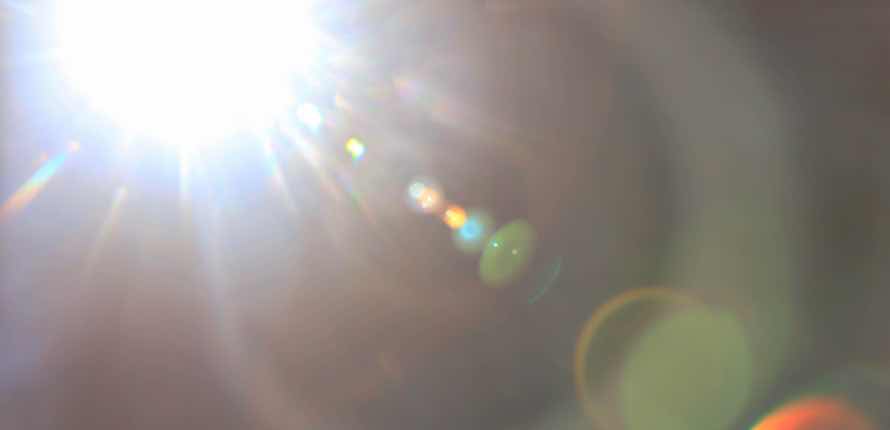
A Lumen is a measure of the total quantity of visible light emitted by a source. Which means, lumens are a measure of brightness. If you’re looking through lighting fixtures or a pro is telling you about how many lumens his lights have, he’s telling you how bright the lights can be.
For example, one of our standard spotlights has a lumen output of 475 lumens, which is equivalent to a 50 Watt (W) bulb. At this point you may be thinking, “A 50 W bulb? I have lights that powerful in my closet! How is that amount of light going to light up my yard?” That question can only be explained by our next topic, which is Spread.
Spread
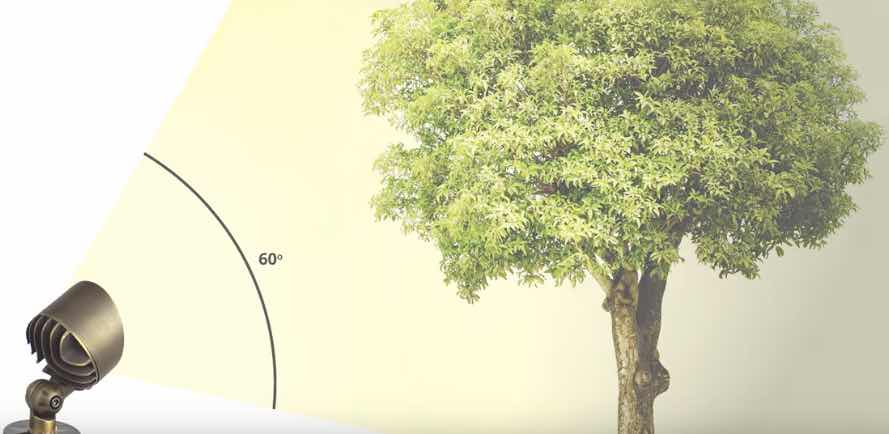
Spread has to do with the number of degrees your lights cover. A standard light bulb can have 180+ degrees of Spread. In other words, the light isn’t focused in any particular direction. Our spotlights can have a Spread of up to 60 degrees and can be lowered to 35 degrees with the remote control that comes with them. So, in summary, more focus = more light.
Watts
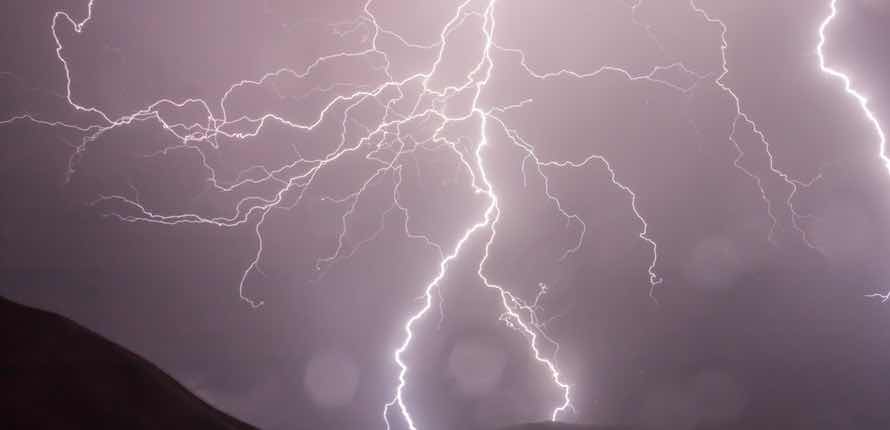
If you haven’t studied lighting much, you may have been measuring how much light you want by Watts. That isn’t quite right. Watts are used to measure how much power a light uses. A large amount of Watt usage is what makes your electricity bill go up. So, you want to get the most amount of lumens for the least amount of Watts. That is why the creation of LED’s was so powerful.
LED
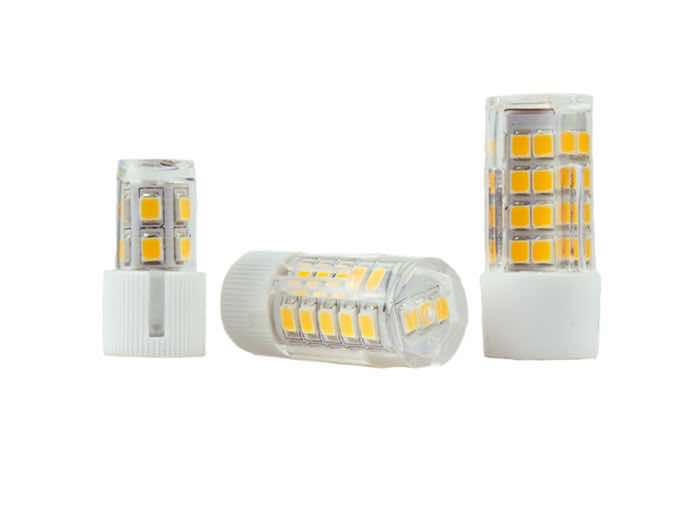
LED stands for light-emitting diodes, and that’s about as far into the science we’ll get. 🙂 All you really need to know is how much energy LED’s save you over typical halogens. LED’s use about 1/6th of the energy an incandescent bulb uses, and about ½ the amount of halogens. There has been case study after case study showing the hundreds of thousands of dollars people save from using LED technology. LED’s are pretty common these days, but in case you didn’t know how much more energy we used to use, check out What’s Up With LED Landscape Lighting?
Low-Voltage Lighting
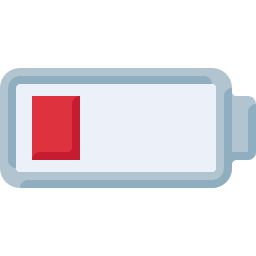
What is defined as “low-voltage” varies based on where you are in the world. Using low-voltage fixtures does two things. FIrst, it exempts you from certain protection required by higher voltage use, thus, making it much safer. Second, it saves you money. It is also exclusively what is used for residential outdoor lighting.
Low-voltage lights are safer because they have a low risk of electric shock and an extremely low risk of electric arcs shooting through the air. P.S., when we say extremely low risk, we mean it pretty much doesn’t happen. It definitely has never happened in our experience.
They save you money because in order to be classified as “low-voltage” you have to be under a certain amount of power, depending on your area. This is big part of why it’s a good idea to hire a professional to do your landscape lighting. We know how to do it safely, and to keep your power usage at the right and economical amount.
Okay, now it’s time for some Design Terminology!
Accent Lighting

Okay, so this a pretty simple design term. As fancy as accent lighting sounds, all it means is focusing your light on one particular area. For example, if you wanted to give light to a piece of artwork or a tree in your yard, you could use spotlights or well lights to give it some accent lighting. Accent lighting is to objects what highlighters are to written words. You can do accent lighting with anything: trees, stairs, paths, entrances, walls, etc.
Shadow Lighting
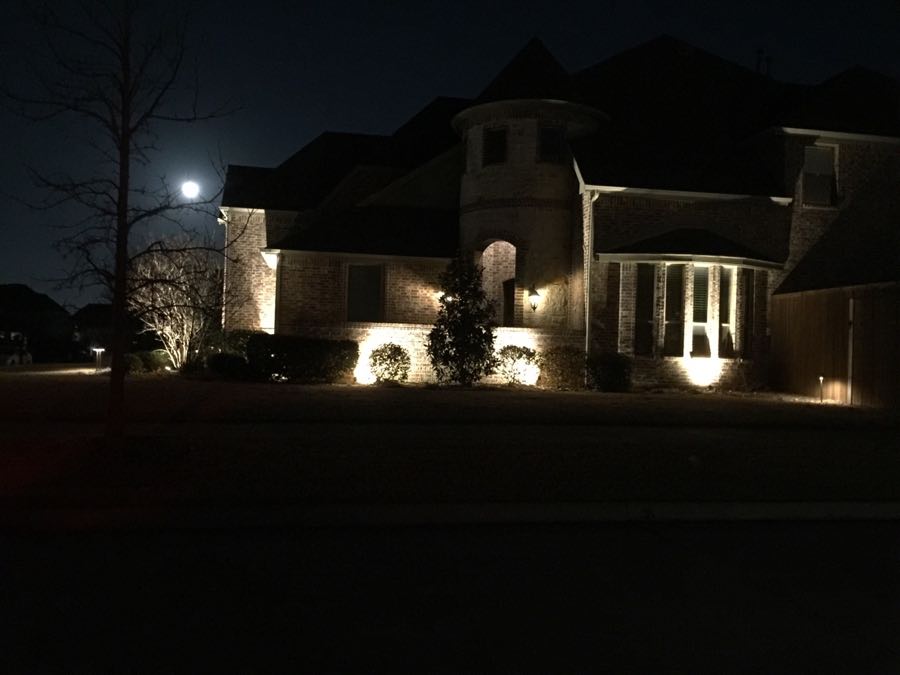
Shadow lighting is more of an in-house term for us, but basically it is just the use of shadows in your lighting project. When you cast light you also create a shadow. Those shadows can either be intentional, or accidental depending on how detailed you want your project to be. For example, some people don’t want lighting on the walls of their home because they want the shadow of their trees to be projected onto the walls. It creates a more dramatic effect. This is a more rare technique. The main thing to realize is that shadows are an important aspect to consider when working on an outdoor lighting project.
Artificial Moonlight
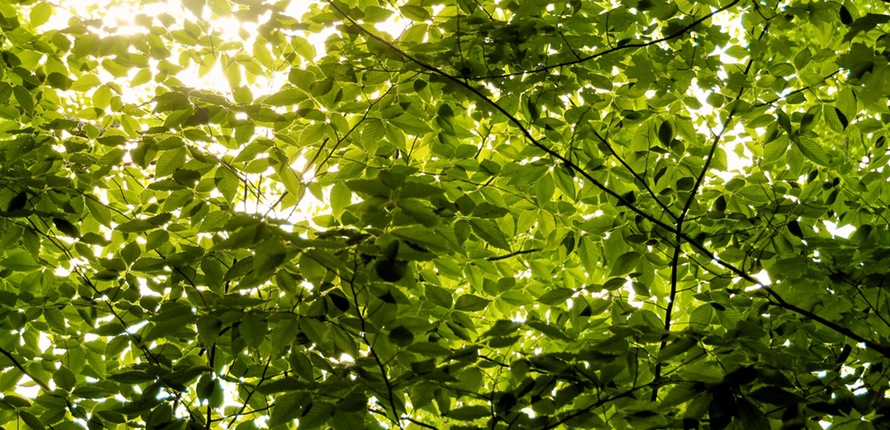
We know that picture above is more like artificial sunlight but bear with us, photos are hard. Artificial Moonlight is another fancy-sounding term that has a pretty simple definition. This effect is achieved by placing downlights in certain spots in trees in order to create light. Because this lighting method is so discrete and comes from above, it is almost like the moon is shining through the trees. This effect is great if you have a bench or other type of seating area that is surrounded by trees. This type of thing is hard to understand how great it is until you see it at your home. Light is often the difference between an area of your home being frequently used or being deserted most of the time.
Those were just a few lighting design techniques, but if you’d like to learn more about several basic lighting techniques, check out 7 Types Of Outdoor Lighting For Your Home.
Well, that’s it for today! Hopefully you have a better understanding of what some of the landscape lighting terms mean, and how they can help you make better lighting decisions. If you have any questions or comments, feel free to leave them in the comments section below!

